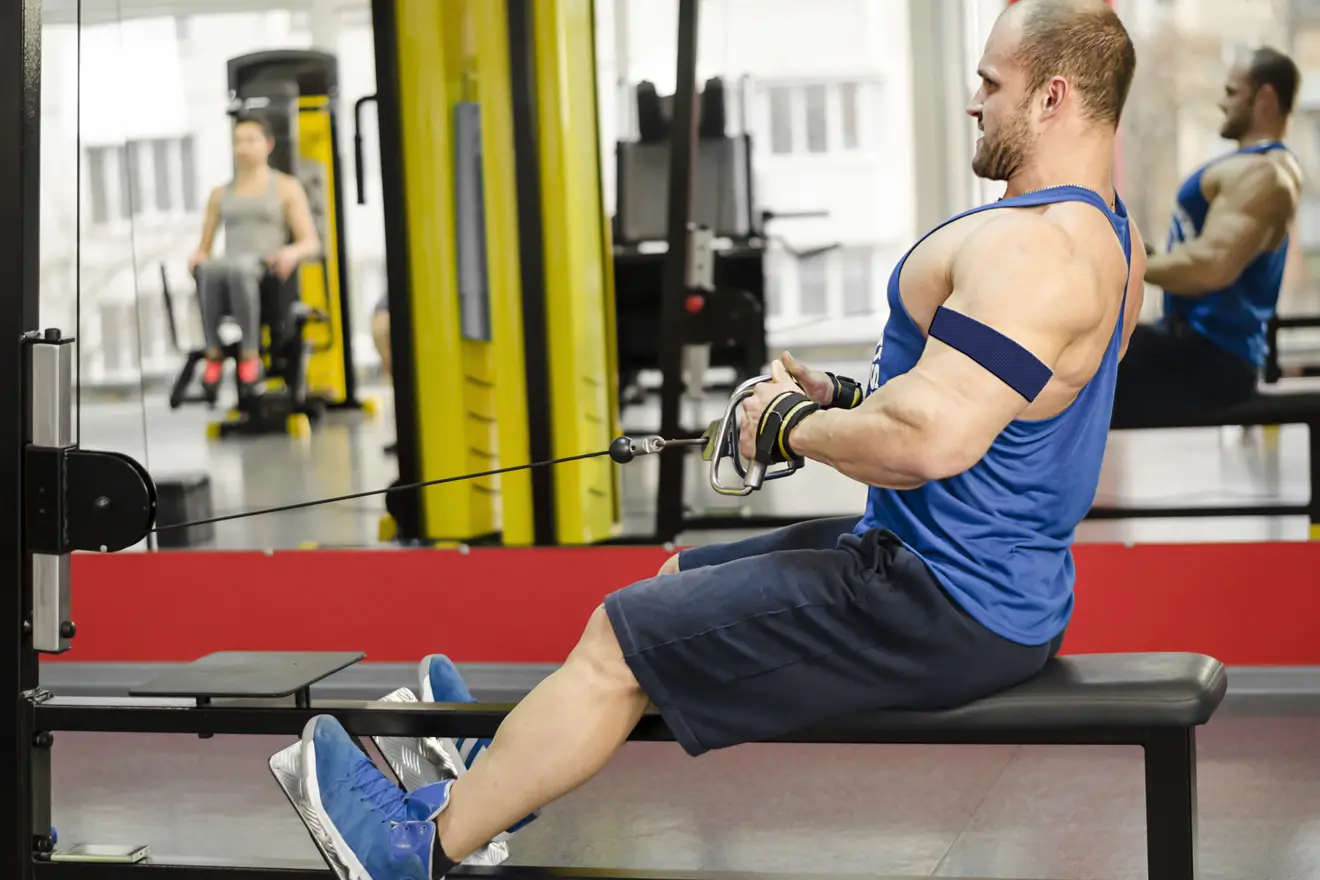How blood flow restriction training can enhance your workouts
Blood flow restriction training
Blood flow restriction training, also referred to as occlusion training, is the technique of applying a tourniquet or cuff to reduce the blood flow out of an exercising muscle or muscle group. This results in the accumulation of blood and metabolites inside the working muscle(s), leading to what some people believe are improved conditions for muscle growth.
Additionally, this method has been studied extensively for its utility in the physical therapy setting, and many fitness enthusiasts have adopted it in recent years as a means to rehabilitate their own nagging injuries.
The benefits of BFR training
The primary advantage of blood flow restriction training revolves around its potential to induce muscle growth and strength gains using light weights. Typically, when the goal is to build muscle, the use of heavy weights (67% to 85% of one-repetition maximum) is recommended to ensure that sufficient resistance is applied to the muscle, but blood flow restriction training is thought to augment the muscle-building process such that positive results can be achieved using less resistance.
Another benefit of blood flow restriction training is that, by enabling the use of lighter weights, it can be used for injury rehabilitation. The technique can drive muscle growth and, consequently, strength adaptations, while subjecting the muscles and joints to lower levels of stress. The rehabilitation is also aided by the pooling of blood in the muscle, which helps to provide the cells with the materials they need to repair themselves.
Safety, usage, and equipment guidelines
Blood flow restriction training is considered to be a safe practice. With that said, many users of this technique will likely experience trivial side effects, including, but not limited to:
- Bruising
- Pain
- Numbness
- Skin abrasions
These surface-level injuries are usually caused by the cuff itself. Individuals with cardiac or vascular complications (such as hypertension, varicose veins, clotting issues, or cardiac disease) should likely abstain from blood flow restriction training to avoid further problems.
Blood flow restriction cuffs
Specialized inflatable cuffs are the industry standard for blood flow restriction training. Although a makeshift tourniquet could be used, it is essential to realize that the goal of the cuff is to reduce blood flow, not prevent it. This is why the inflatable design, which closely resembles a blood pressure cuff, is perfect for ensuring that an appropriate amount of constriction is applied.
The blood flow restriction cuffs can be applied to the arms and legs; however, it is not feasible to apply a tourniquet of any kind to the torso, so the chest, back, and core muscles cannot benefit from this technique.







